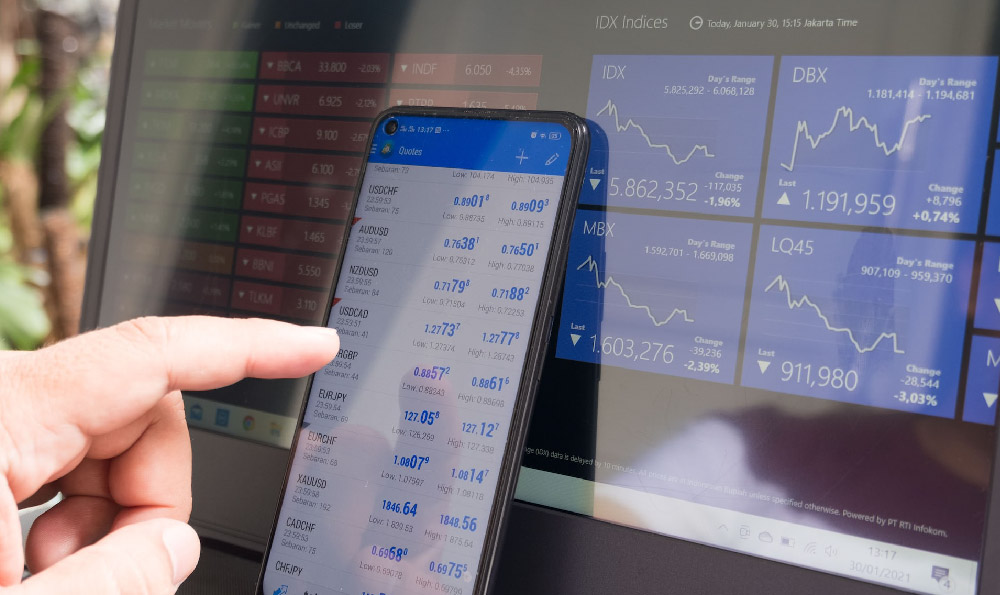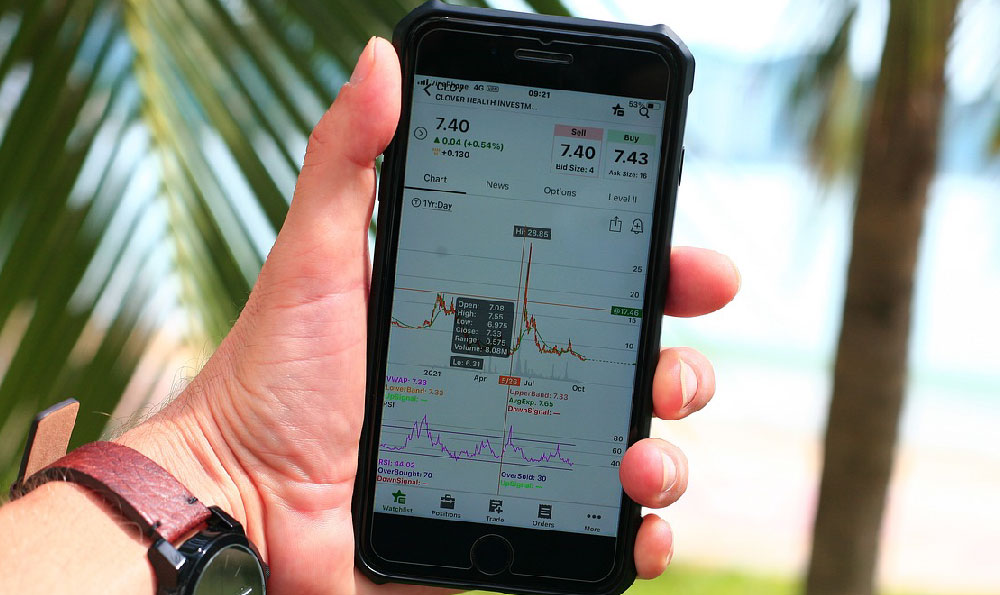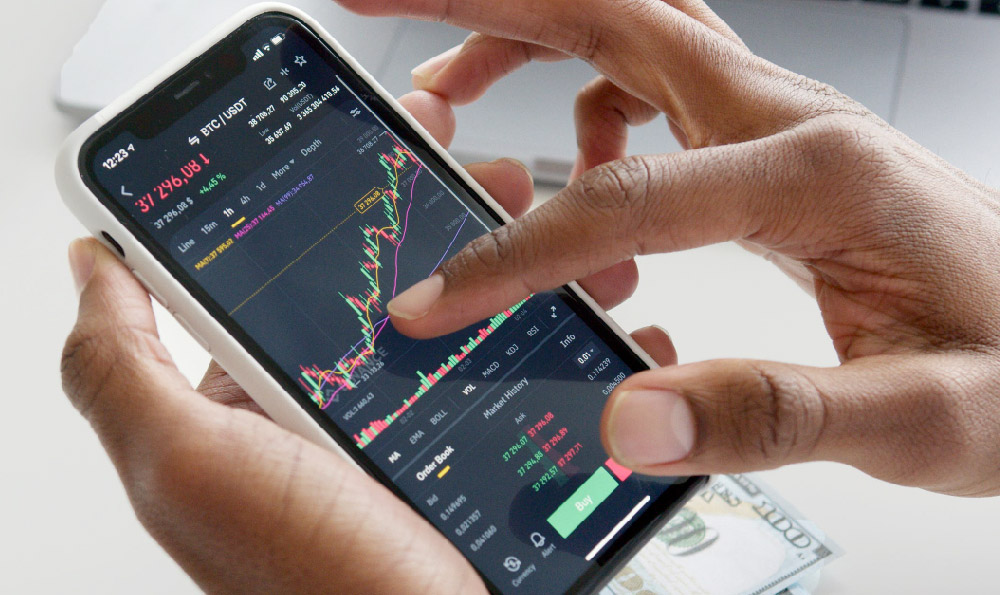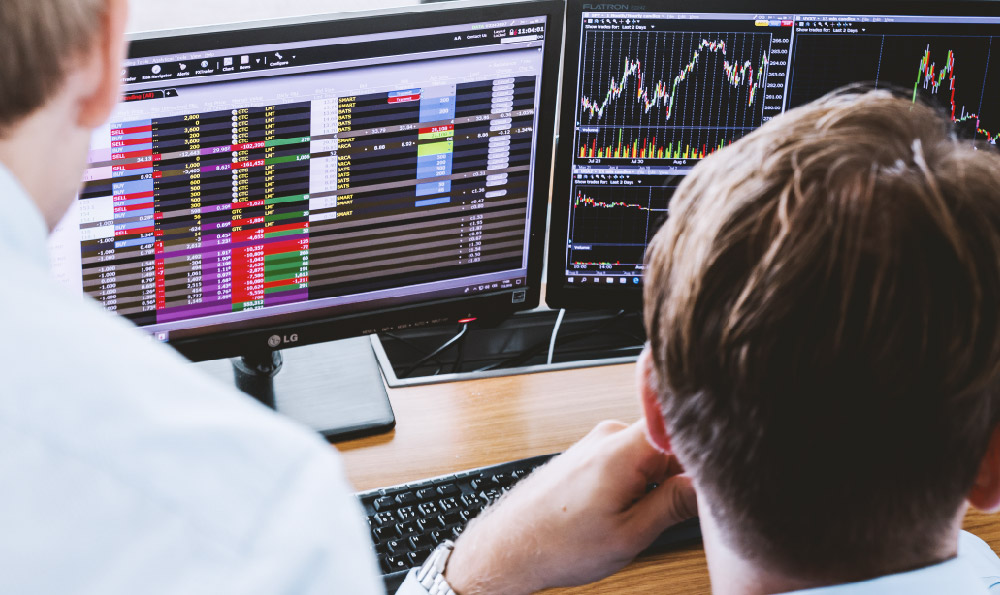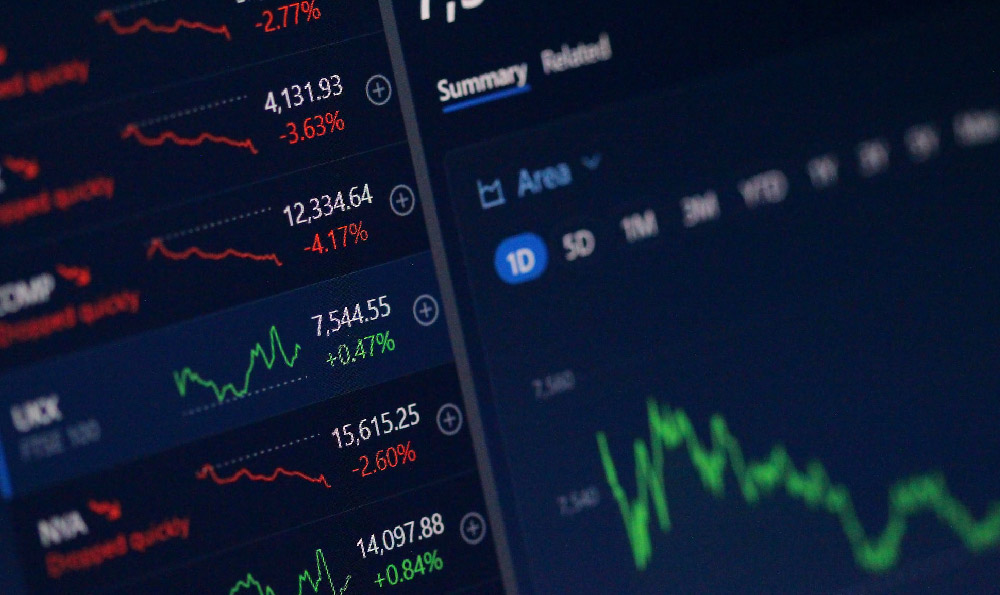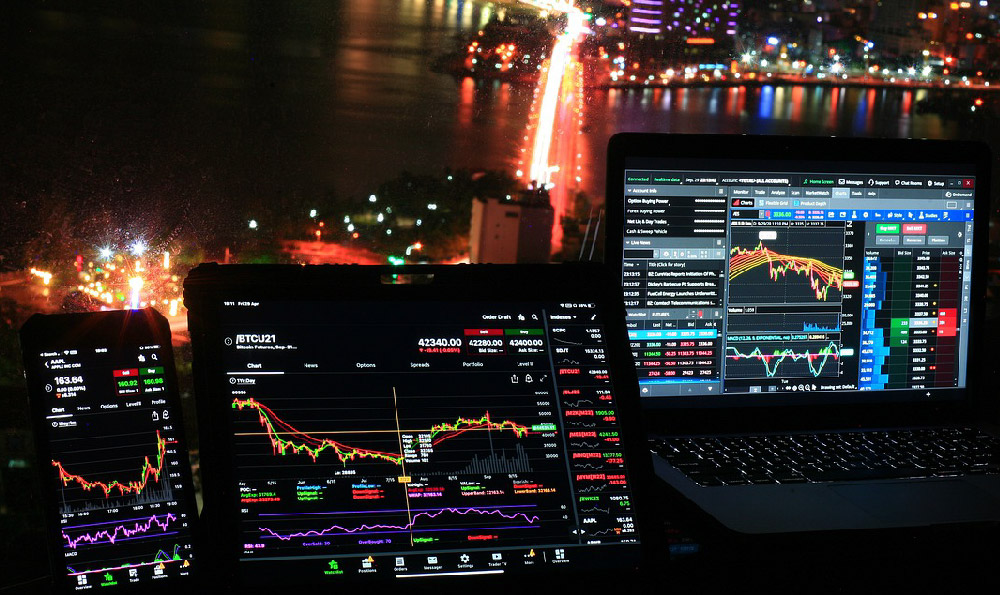Forex trading, or foreign exchange trading, has long been a subject of fascination for investors seeking to capitalize on global currency fluctuations. Unlike traditional stock markets, where transactions occur during limited hours, the forex market operates 24 hours a day, five days a week, offering opportunities for traders to react to real-time economic events and geopolitical shifts. However, navigating this dynamic landscape requires more than just basic knowledge—it demands a nuanced understanding of market mechanics, strategic discipline, and risk management principles. The key to success lies in developing a robust framework that aligns with individual financial goals, risk tolerance, and market conditions, while avoiding the pitfalls that often trip up novice traders.
The foundation of any effective forex strategy is a deep comprehension of the factors driving currency values. Economic indicators such as interest rates, inflation data, GDP growth, and employment figures serve as critical signals for market participants. For instance, when a central bank raises interest rates, it often leads to increased demand for its currency as investors seek higher returns on deposits. Conversely, a weakening economy may cause investors to exit currency pairs, anticipating depreciation. Traders must stay attuned to these macroeconomic narratives, coupled with geopolitical developments and central bank policies, to anticipate market movements. This proactive approach allows traders to position themselves ahead of trends rather than reacting to them after the fact.
Technical analysis is another cornerstone of forex strategy, focusing on historical price patterns and chart formations to predict future behavior. Tools like moving averages, Fibonacci retracements, and candlestick patterns help traders identify potential entry and exit points. However, technical analysis is not a standalone solution—it thrives when combined with fundamental insights. The challenge lies in striking a balance between the two disciplines. Over-reliance on technical indicators can lead to blind spots in understanding broader economic shifts, while ignoring technical signals may result in missed trading opportunities. A well-rounded trader constantly evaluates both perspectives, using them to cross-check assumptions and refine decision-making.

Risk management is the unsung hero of long-term forex success. Every trade carries inherent risks, and without a disciplined approach, even the most profitable strategies can lead to catastrophic losses. Traders should implement strict rules for determining position sizes, setting stop-loss orders, and managing drawdowns. For example, a common practice is to limit risk exposure to no more than 1-2% of the total account balance per trade, ensuring that a single loss does not jeopardize the entire portfolio. Additionally, diversifying trades across different currency pairs and time zones can mitigate the impact of unforeseen events in a single market. This approach not only protects capital but also sustains the emotional resilience necessary for consistent performance.
The psychological dimension of forex trading often overlooked yet profoundly impactful. Markets are inherently volatile, and traders must navigate uncertainty without succumbing to emotional impulses. Greed can lead to overleveraging and holding positions beyond their risk threshold, while fear may result in premature exits and missed opportunities. Cultivating a mindset of patience, objectivity, and discipline is essential. Successful traders view each trade as a test of their strategy rather than a personal judgment, allowing them to process both wins and losses without letting emotions dictate their actions. This mental fortitude is particularly crucial in the face of high-frequency trading and algorithmic systems that can create rapid price swings.
Instruments like leverage further amplify both potential gains and risks, requiring traders to exercise caution. While leverage can enhance returns, it also magnifies losses, making it a double-edged sword. Traders must assess their risk appetite and understand that leverage should be used strategically, not impulsively. The use of stop-loss orders becomes even more critical in leveraged environments, as they provide a safety net against sudden market reversals. Additionally, maintaining a margin of safety by allocating only a portion of the trading account to leveraged positions can prevent ruin in adverse scenarios.
The forex market is also influenced by global macroeconomic trends, such as trade imbalances, commodity prices, and geopolitical tensions. Traders who are attuned to these dynamics can anticipate shifts in currency values. For example, a trade war between major economies may disrupt economic growth, leading to currency devaluations. Similarly, fluctuations in oil prices can impact currencies tied to energy exports. Understanding these interconnected factors allows traders to make informed decisions, rather than relying solely on technical patterns or isolated events.
Ultimately, the path to profitability in forex trading is not a linear journey. It requires continuous learning, adaptability, and a commitment to refining strategies over time. Traders must be prepared to analyze their performance, adjust their approach based on market conditions, and remain resilient in the face of losses. The market is as much about psychology as it is about technical analysis, and the ability to manage both aspects effectively is the hallmark of a successful trader. By combining a strong grasp of fundamental and technical principles with rigorous risk management and mental discipline, traders can navigate the forex market with confidence, turning volatility into a strategic advantage.


